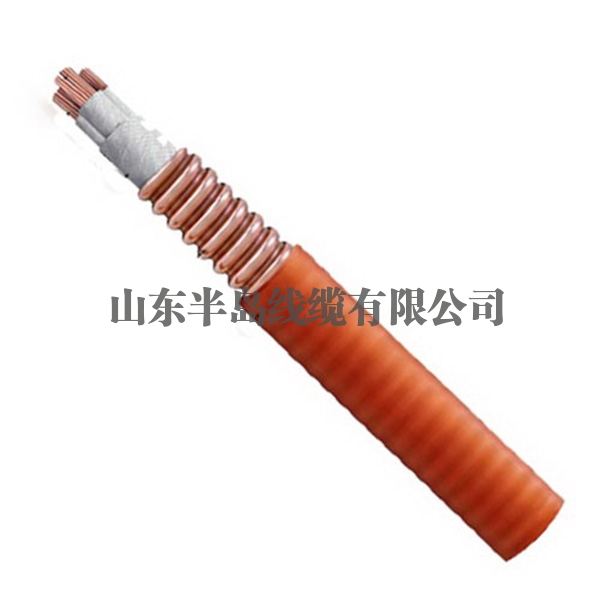
Flexible fireproof cable It is a very important product in our life. The raw material used in its production is copper conductor. The high-temperature performance can be said to be very good, and it has a wide range of applications in many industries. In addition, it can achieve relatively high fire resistance when used, and it is non-toxic and smoke-free when used. It is a product that does not cause any pollution to the environment. It is very environmentally friendly when used. In addition, it uses flexible materials in its production structure and uses very good mineral compounds, Therefore, it can make up for the shortcomings of other products that are easy to burn. The product also has the advantages that other products do not have. It has a very good explosion-proof and impact resistance, long service life and outstanding performance. Its safety performance is also very good. With the rapid development of society, its use is more and more extensive.
flexibility Fireproof cable In the process of use, it not only has great flexibility, but also has a very reliable fire prevention function, so the effect is very prominent in the application. Flexible fireproof cable is a new generation of fireproof cable developed on the basis of magnesium oxide mineral insulated cable. The flame retardant sheath is made of halogen-free low smoke material, and the cable is relatively soft. The insulation layer of the cable adopts a new mineral insulating material, which can strictly control the insulation thickness and is not easy to absorb moisture.
Advantages of flexible fireproof cable: long continuous length: whether it is a single core or multi-core cable, its length can meet the needs of power supply length, and each continuous length can reach 1000m;; Excellent fire resistance: the fire resistance rating not only meets the national standard GB12666.6 Class A 950 ℃, 90min, but also meets the British BS6387-1994 Class A 650 ℃ 3h Class B 750 ℃ 3h Class C 950 ℃ 3h test requirements; At the same time, it can withstand water spray and mechanical impact during combustion; Large section: the section of single core cable can reach 1000mm, and the section of multi-core cable can reach 240mm; Good flexibility: the cable can be coiled on the cable reel with a bending radius ≤ 20D (D is the outer diameter of the cable); Smoke free and non-toxic during combustion: the insulation is made of inorganic materials (non combustible materials), which will not produce any harmful gas and secondary pollution during combustion, so it can be called an environmentally friendly green product.
The fire resistance is very good. The fire resistance rating of flexible fireproof cable can meet the national GB Class A ℃. That is to say, flexible fireproof cable A will not be damaged within 90 minutes if it burns at ℃ - ℃. Even if it is Class B, it can persist for 90 minutes in the flame combustion at ℃ - ℃, and it will not be damaged within 90 minutes. The cable wire is long. The length of each cable can reach, and its length can meet the requirements of power supply length, whether it is multi-core cable or single core cable. The cross section of the cable is large, which can be reached for multi-core cables and single core cables. Good flexibility. The bending radius D of the outer diameter of the cable, which can be coiled on the cable reel.
The flexible cable cannot be twisted during laying, that is to say, the cable cannot be untied from one end of the cable reel. The cable must be unfolded by rotating the cable reel. When using the cable, it can only be taken from the cable reel; Attention shall be paid to the minimum bending radius of flexible cables, which shall not be bent hard, and the bending radius is generally within 10x. When installing cables, the cables must be laid loosely side by side in the drag chain, arranged separately as far as possible, and separated with spacers. During the drag chain process, the gap between cables must be at least 10% of the cable diameter, so as to minimize the damage caused by friction. It is forbidden to bind the cables together in the drag chain, and they should be laid separately. Both points of the cable shall be fixed, or at least one end of the cable shall be fixed during the drag chain process, and the distance between the moving point of the cable and the end of the drag chain shall be 30 times the diameter of the cable to ensure a distance.


